Do you own a lawnmower? A moped, or scooter, or motorcycle? A gas can you just like to keep topped off? A really huge lighter? A Citroën 2CV, which has a tiny 5.5-gallon gas tank? If so, then you have likely bought gasoline in quantities less than four gallons at a time. Did you know the government doesn’t want you to do that? In fact, you may have seen a sticker on a gas pump that says just that: there’s a minimum requirement to buy at least four gallons of gasoline or risk violating federal law. What’s going on here? Can this really be true? Well, it sort of is and it isn’t. Rather, it’s true, but only for one very specific context.
I suppose it’s worth mentioning that this has been a thing for well over a decade. I’ve only encountered it very recently, and in some informal asking around, I found that an awful lot of people weren’t aware of this four gallon minimum thing, so I figured it’s worth looking into. It’s kind of convoluted, so let’s see if we can explain what is actually going on here. It’s also worth noting that while this sounds like some draconian/kafkaesque bureaucratic nonsense, the whole idea of the minimum four gallon purchase rule was actually put in place to help protect everyday people and their gas-powered stuff.
First, let’s look at one of these stickers, which you can clearly see in this Reddit post:
Gas station in Ohio, 4 gal minimum “law”
byu/Bored_Amalgamation inOhio
Okay, so what is going on here, exactly? Why the hell would the federal government care if you bought less than four gallons of gasoline? To understand that, we need to look into the specifics here. The “federal law” is referring to an EPA regulation, and those four gallons are only referring to fuel dispensed from gas pumps that dispense both E15 (gasoline with 15% ethanol mixed in) and E10 (10% ethanol gasoline).
Ethanol has been used as an additive to gasoline for decades, as it is an octane booster, burns more cleanly, and is a renewable fuel, which can be made from crops like corn. It’s also less energy dense than gasoline, and higher concentrations of ethanol can cause corrosion and damage to fuel systems, especially in cars made before around 2001 or so. Ethanol-blended gasoline you may find at a gas station comes in two main forms, E10 and E15 mentioned above.
Since most gas stations do not feel like spending the considerable time and money to install entirely separate pumps for E10 and E15, they will usually use mixed-grade pumps that can dispense E10, E15, and other fuels like E85 FlexFuel. The EPA calls these “blender pumps,” but not in the sense that they could make, say, a smoothie, but because they, duh, blend fuels. The issue here is that equipment with small gasoline motors, like lawnmowers and mopeds and some motorcycles could be damaged by being filled with E15 fuel.
So here’s the problem: if a blender pump just dispensed a lot of E15 into a car, there’s still about a quart to a third of a gallon of E15 in the pump’s hose. That means if someone comes along and wants to buy just one gallon of E10 for their gas-powered roller skates or leaf blower, that one gallon will actually be 33% E15, because of the fuel in the hose, and that much E15 could damage a machine not made to run it.
Here’s how the EPA themselves describes the issue:
On February 7, 2013, EPA approved an alternate blender pump configuration, submitted by RFA, for general use by retail stations that wish to dispense E15 and E10 from a blender pump with a common hose and nozzle. Blender pumps, or multiple-grade dispensers, are fuel dispensers that dispense multiple gasoline-ethanol blended fuels (e.g. E10, E15, and E85) typically through a common hose and nozzle. When two different gasoline-ethanol blended fuels are dispensed from the same hose and nozzle, residual fuel from a prior fueling of E15 may be commingled with a subsequent fueling of E10, resulting in the inadvertent misfueling of vehicles not covered by the E15 partial waivers with fuels containing greater than 10 vol% ethanol.
To mitigate this, the four-gallon minimum rule was decided. That way, whatever fuel was left in the hose would be satisfactorily diluted by the greater volume of the actually chosen fuel. As the EPA explains:
In an effort to address this potential misfueling issue, EPA approved an industry-submitted configuration that requires a minimum purchase of four gallons of fuel from blender pumps that dispense both E10 and E15 from the same hose and nozzle. Such an approach would prevent misfueling by diluting any residual E15 left in the hose from the previous sale of E15. However, groups representing motorcycle owners and lawn mower manufacturers objected to this configuration because their products have gas tanks that are normally two gallons or smaller. In response to these concerns, RFA developed and proposed a third configuration for EPA approval that retail stations may use as an alternative to the currently approved configurations.
At the end of that quote, you see the EPA referring to a “third configuration” to appease “motorcycle owners and lawn mower manufacturers” which is that gas stations must also have a pump that does not dispense fuels with more than 10% ethanol, and must have signage, described here:
“These retail stations must also prominently affix labels to their blender pumps which say “Passenger Vehicles Only. Use in Other Vehicles, Engines and Equipment May Violate Federal Law.” Passenger vehicles in this context do not include nonroad vehicles, engines, and equipment (e.g. marine engines, motorcycles, ATVs, lawnmowers, etc.). Retails stations must also post additional signage informing consumers of the availability and location of the dedicated E10 (or lower) fuel pump.”
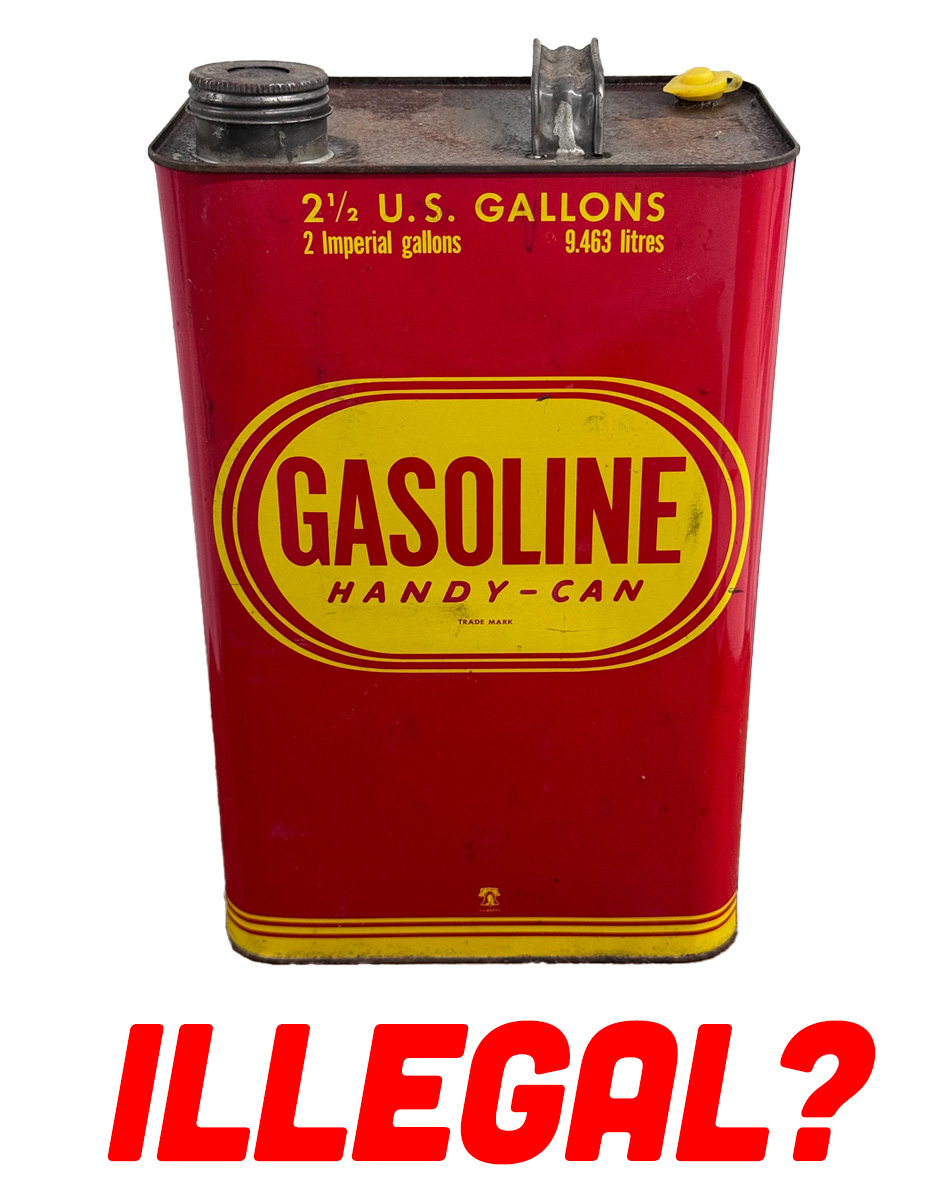
I feel like the EPA could have handled this better if the sign on the blended E15 pumps said something like “Passenger Vehicles Only. Using less than 4 gallons in Other Vehicles, Engines and Equipment May Cause Damage” instead of leaping right to that “May Violate Federal Law” business, which just makes everything more confusing and causes articles like this one to be written.
Really, all of this is just to protect people from screwing up their lawnmowers, but of course it sounds far worse than that. And, back in 2012 when this mandate arrived, politicians wasted no time in making it seem like a colossal violation of the rights of Americans to have full tanks of gas. This is a quote from Rep. Jim Sensenbrenner (R) from Wisconsin:
The latest mandate handed down from the Environmental Protection Agency (EPA) is so ridiculous, even I was shocked. The EPA has now mandated how much gasoline you must buy at certain gas stations. Say hello to the Obama Administration’s four gallon minimum.
Yeah, thanks a lot, Obama.
[Ed Note: The bigger question is how concerning a bit of E15 is mixed in with E10. It’s a 5% delta in ethanol concentration; if done only a few times, how harmful can this really be? -DT].
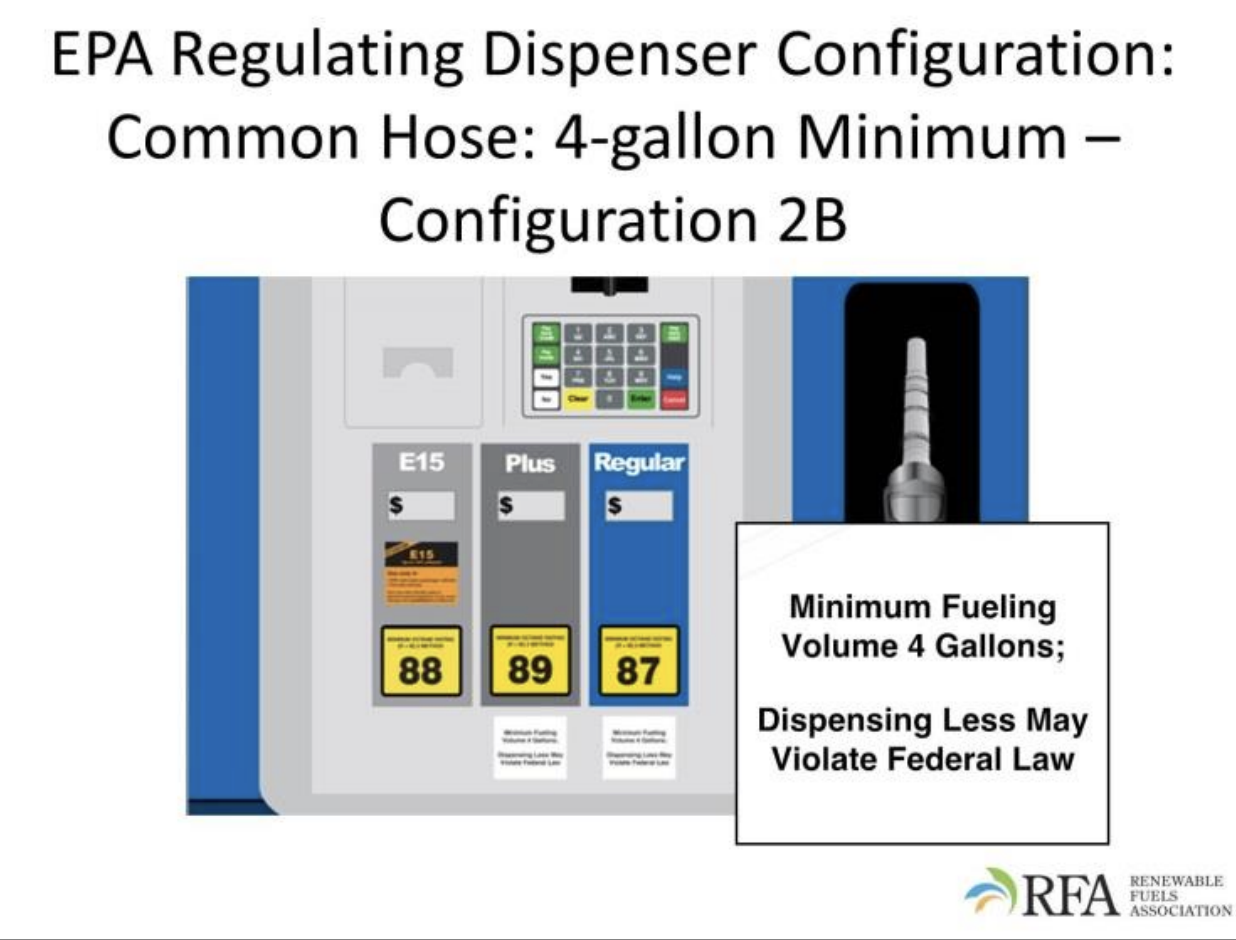
Of course, that statement isn’t remotely true. There’s never been a mandate that everyone has to buy at least four gallons of gas. The mandate is that for blended pumps that can dispense both E10 and E15, you should buy at least four gallons to ensure that you are getting the amount of ethanol that you actually want, so you don’t trash your stuff. You can buy gas by the ounce if you want from other, non blender pumps as much as you want. This is one of those cases where the government is actually trying to be helpful, but a strange lack of understanding how human beings seem to understand things has meant that this law — again, designed to help you not destroy your lawnmower — comes across as an obtuse bit of needless government overreach.
It’s not. It’s actually a decent idea. Pay attention to it, and you won’t kill your mower.
The post Why The Government Doesn’t Want You To Buy Less Than 4 Gallons Of Gasoline appeared first on The Autopian.


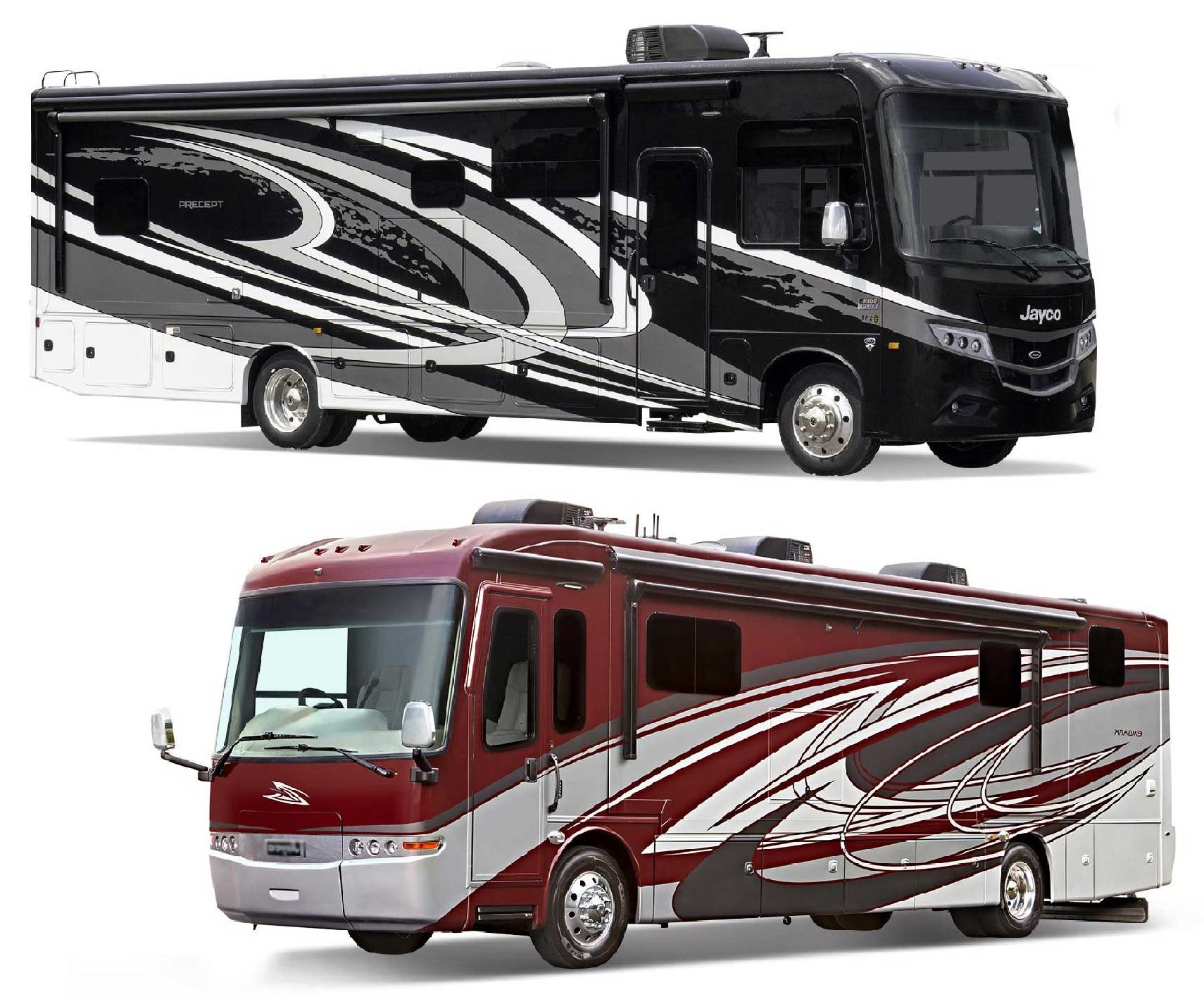

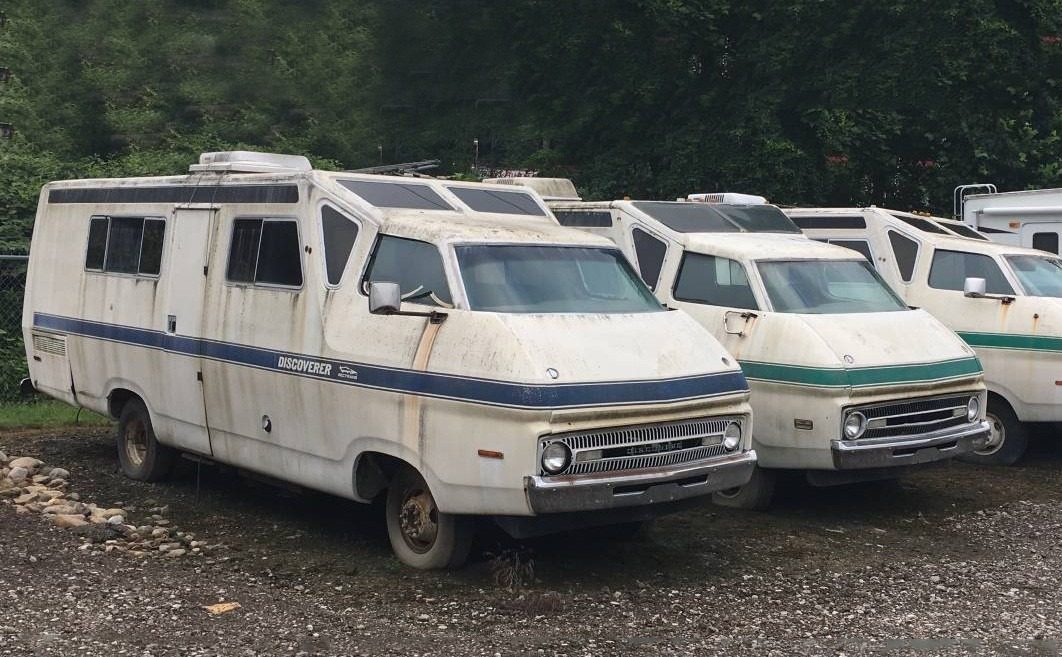
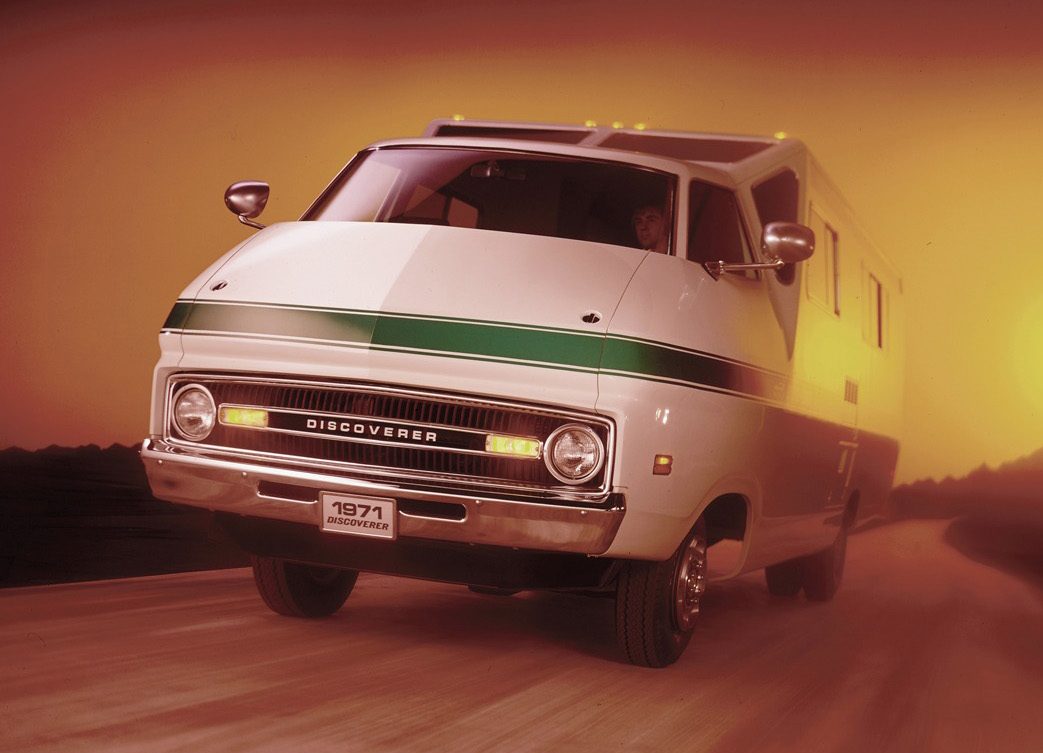


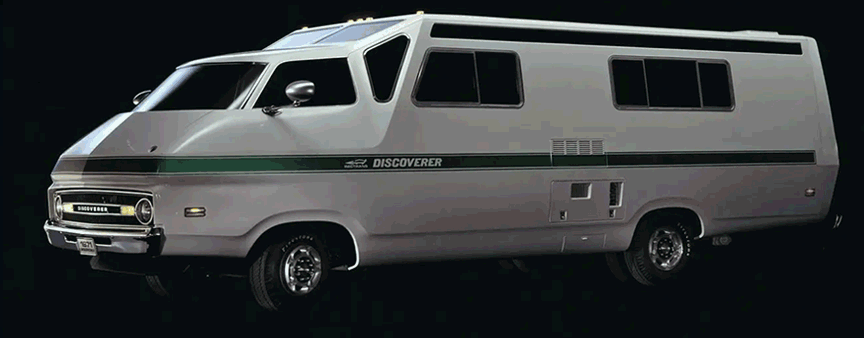
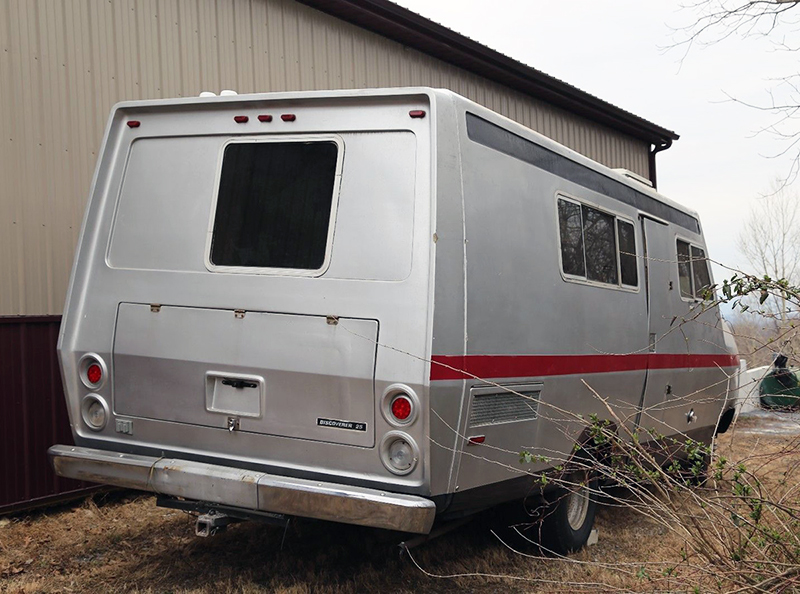

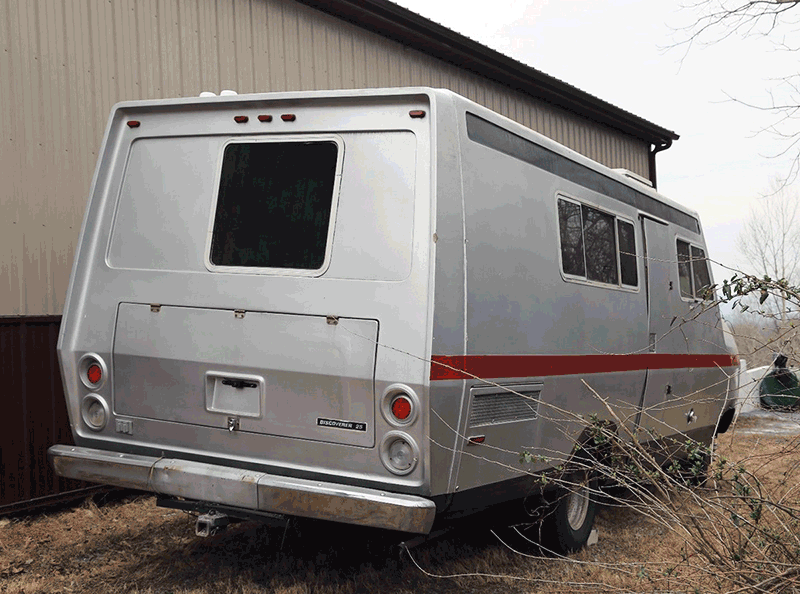
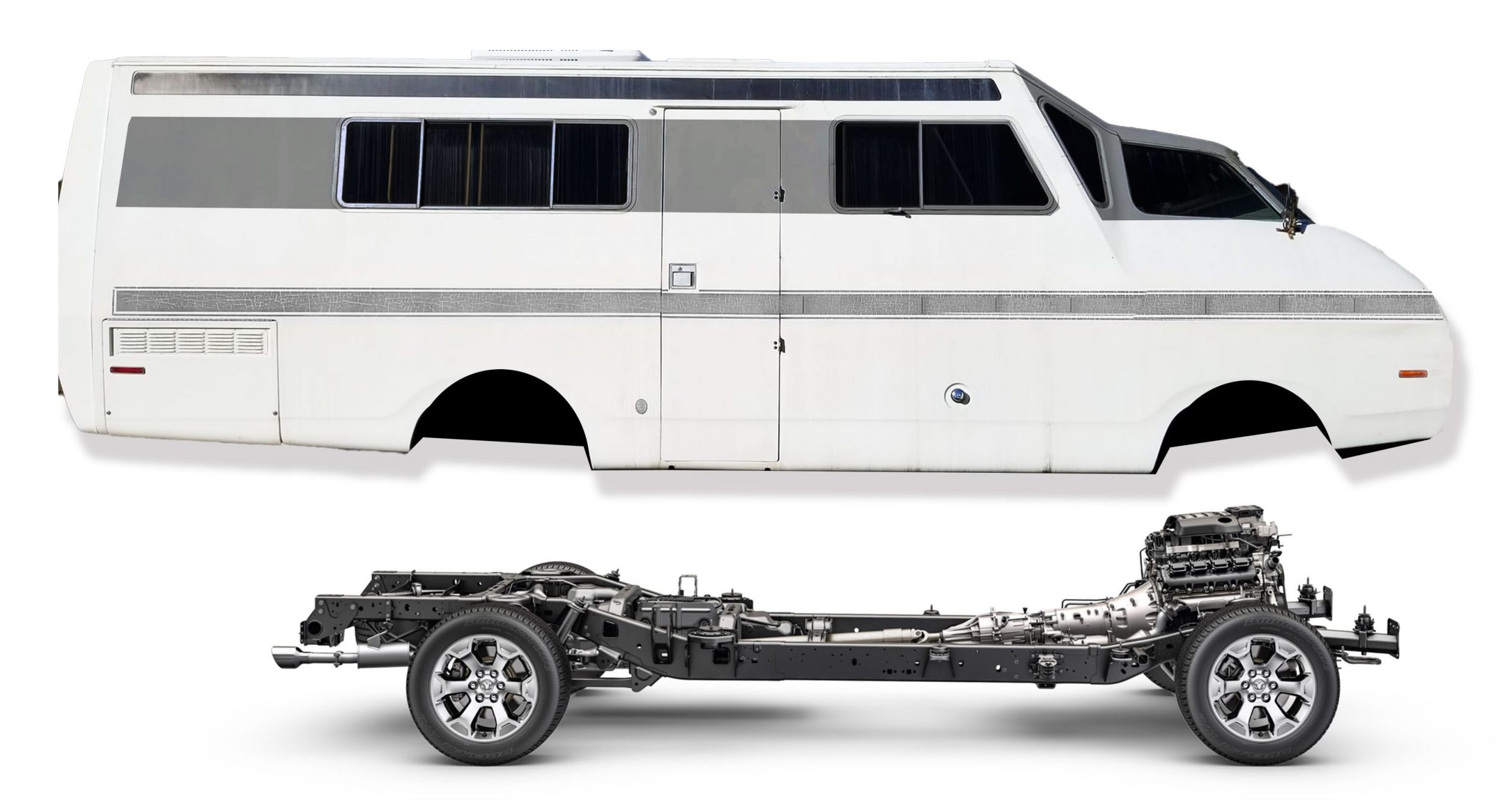
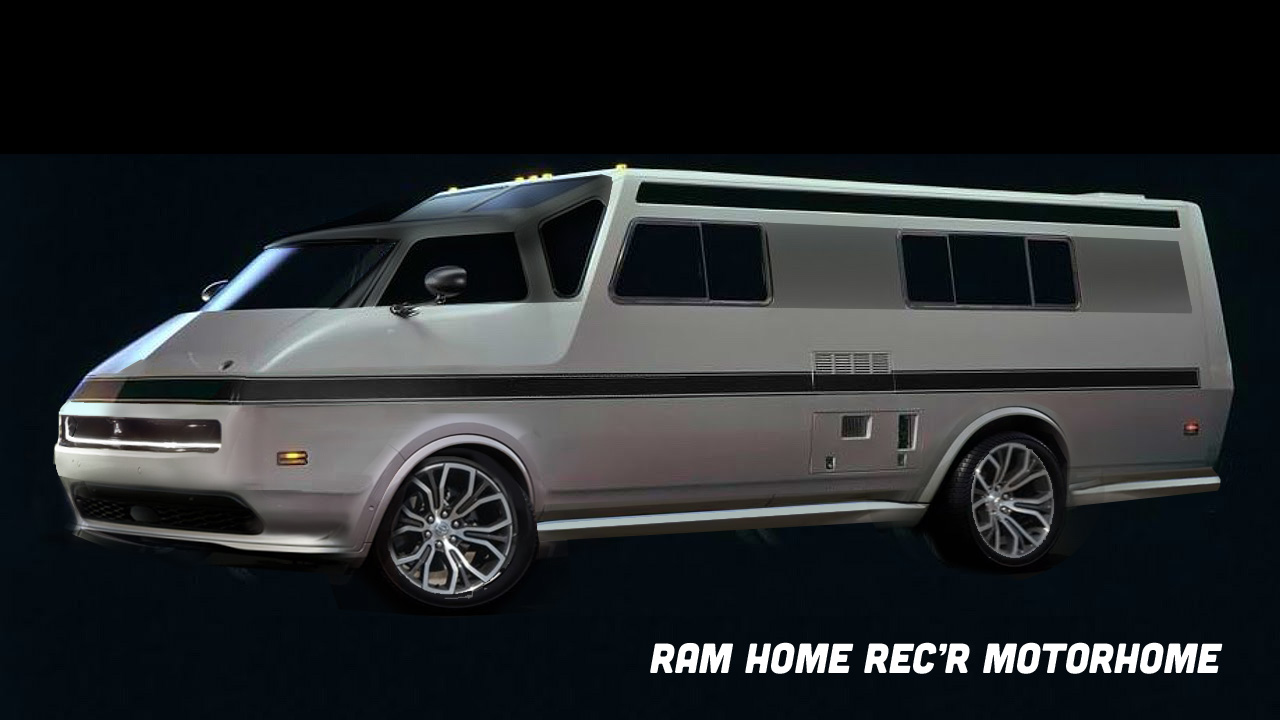


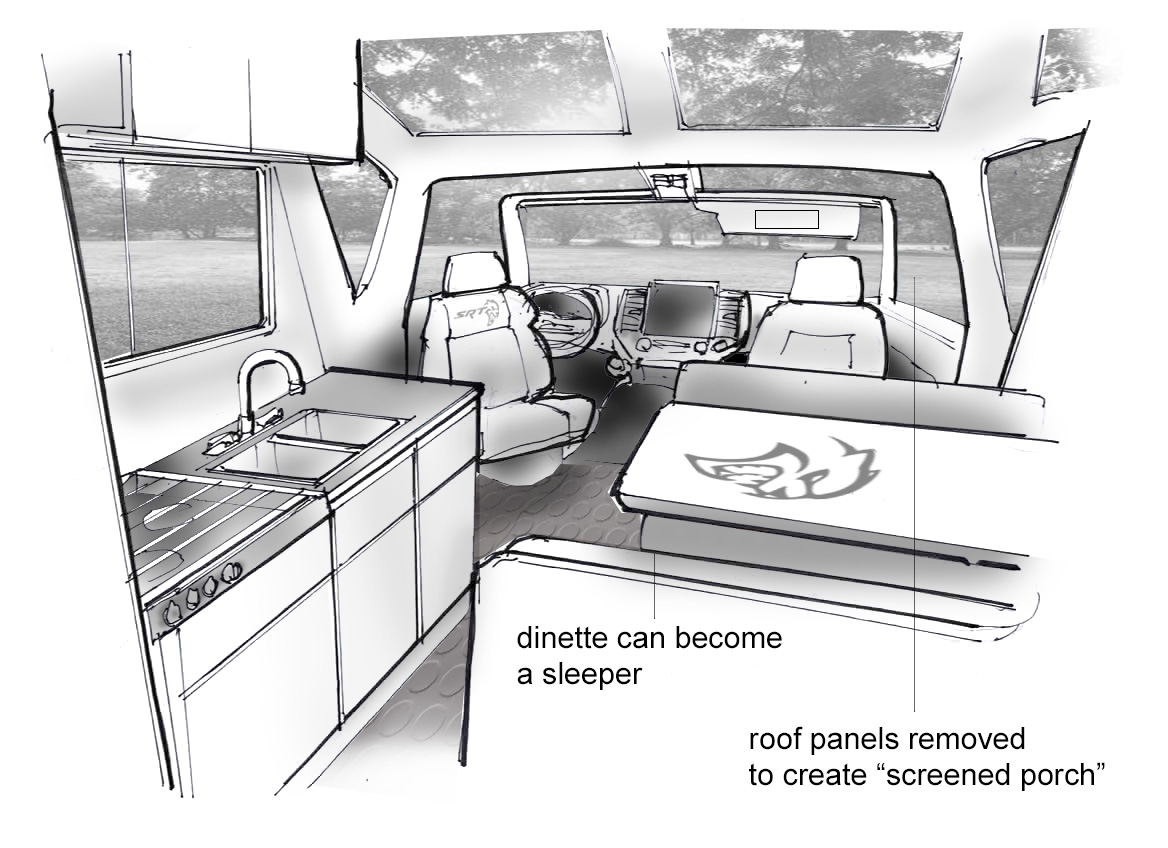



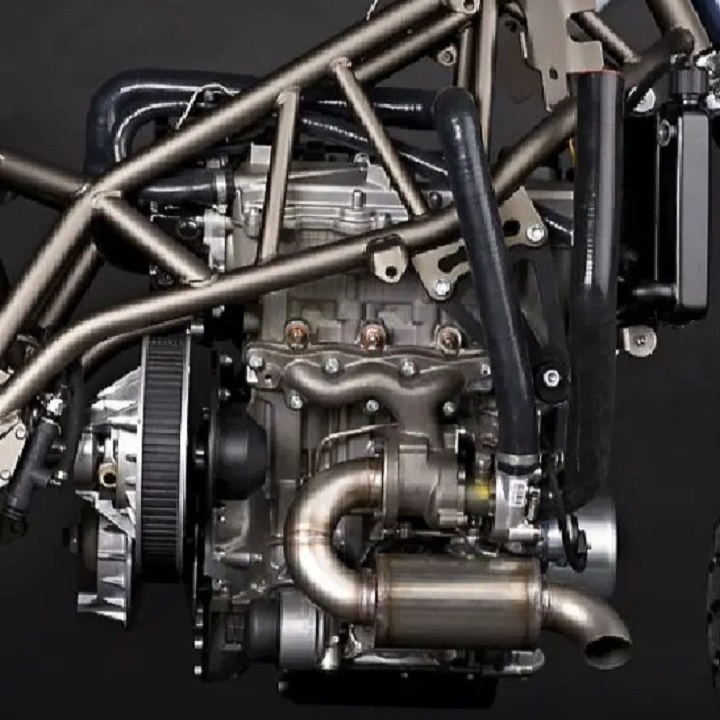

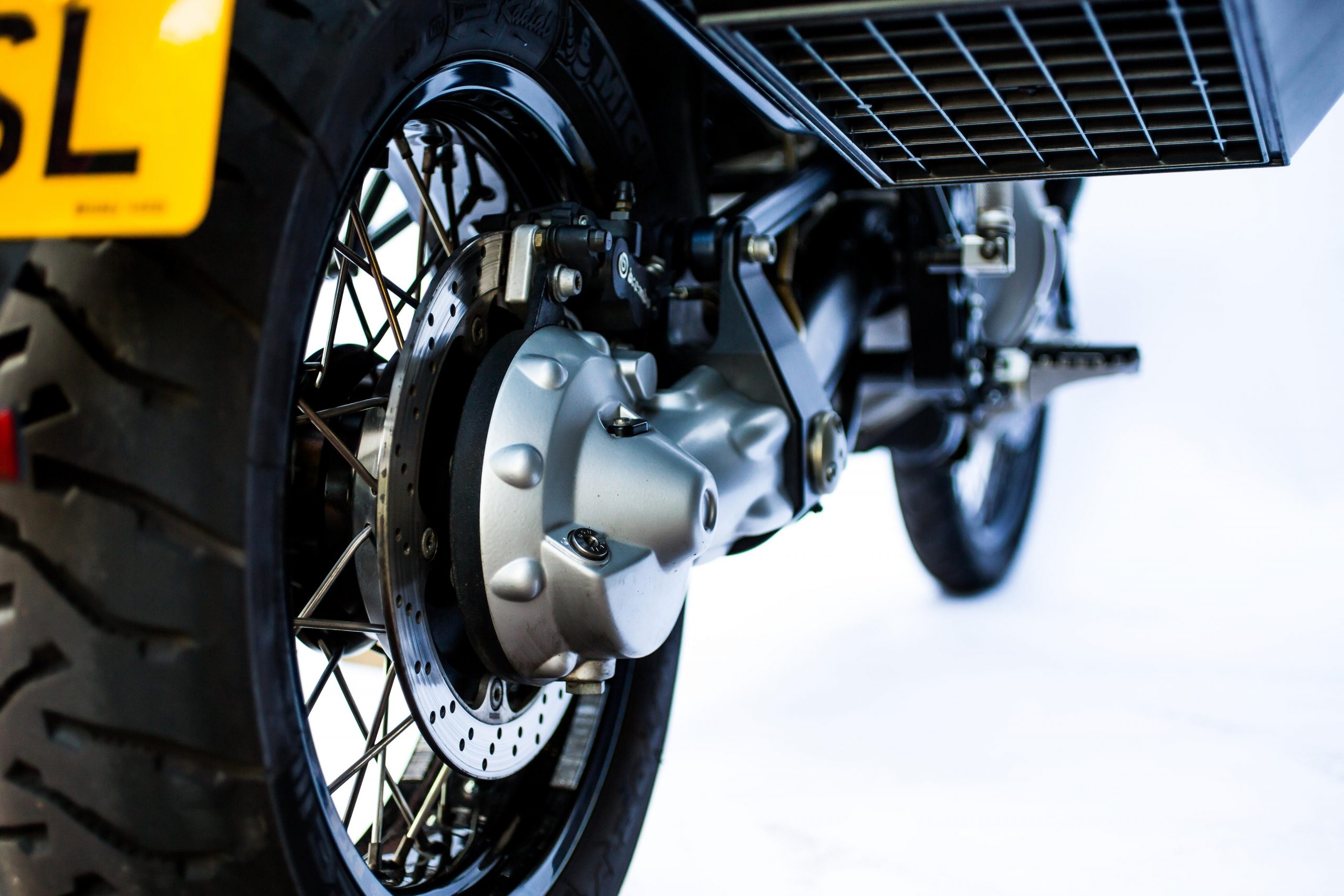


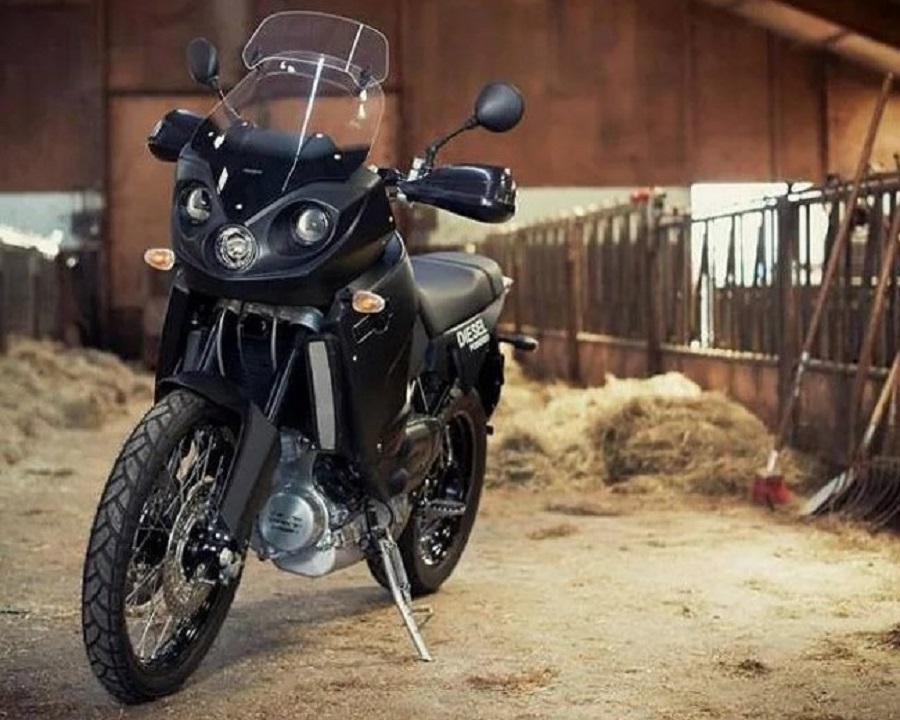
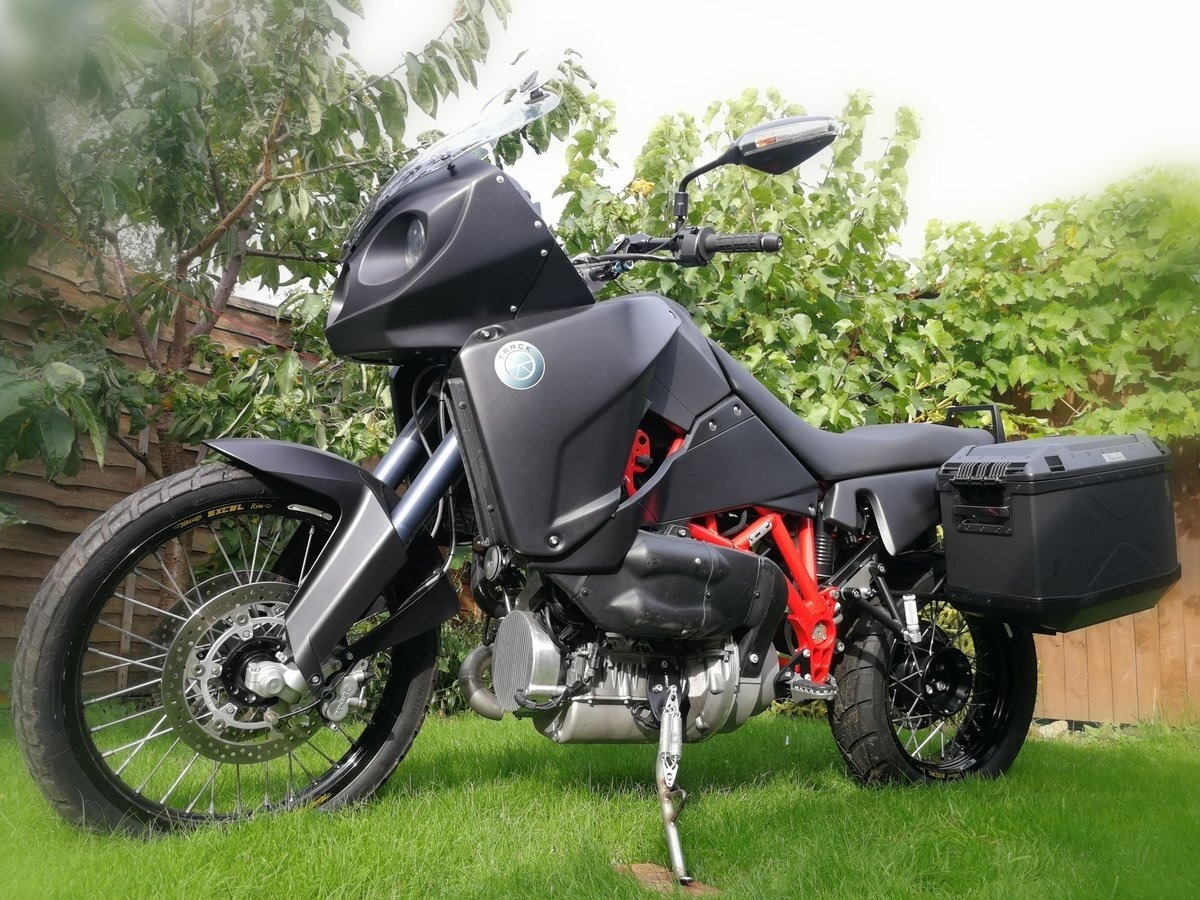

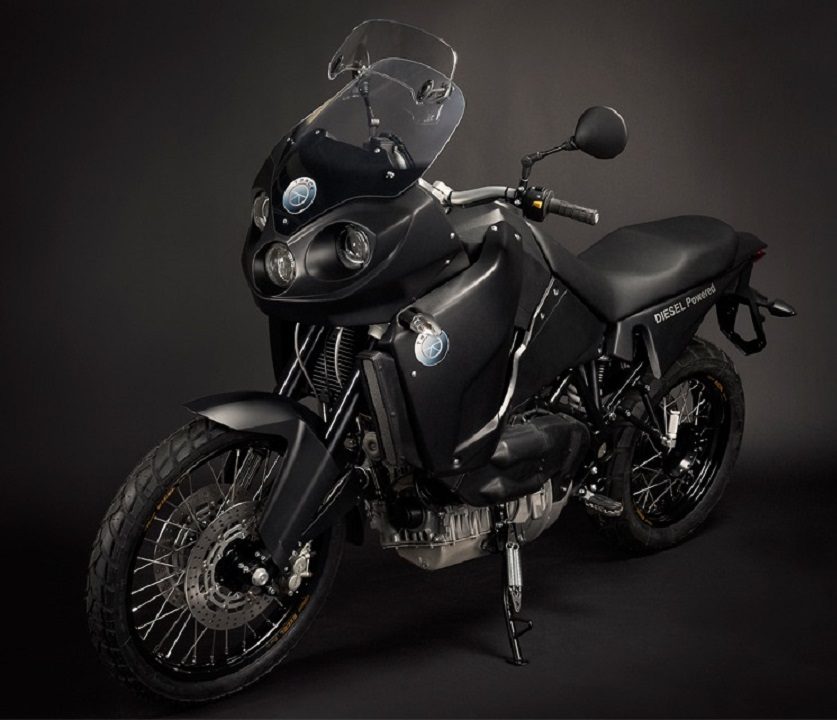
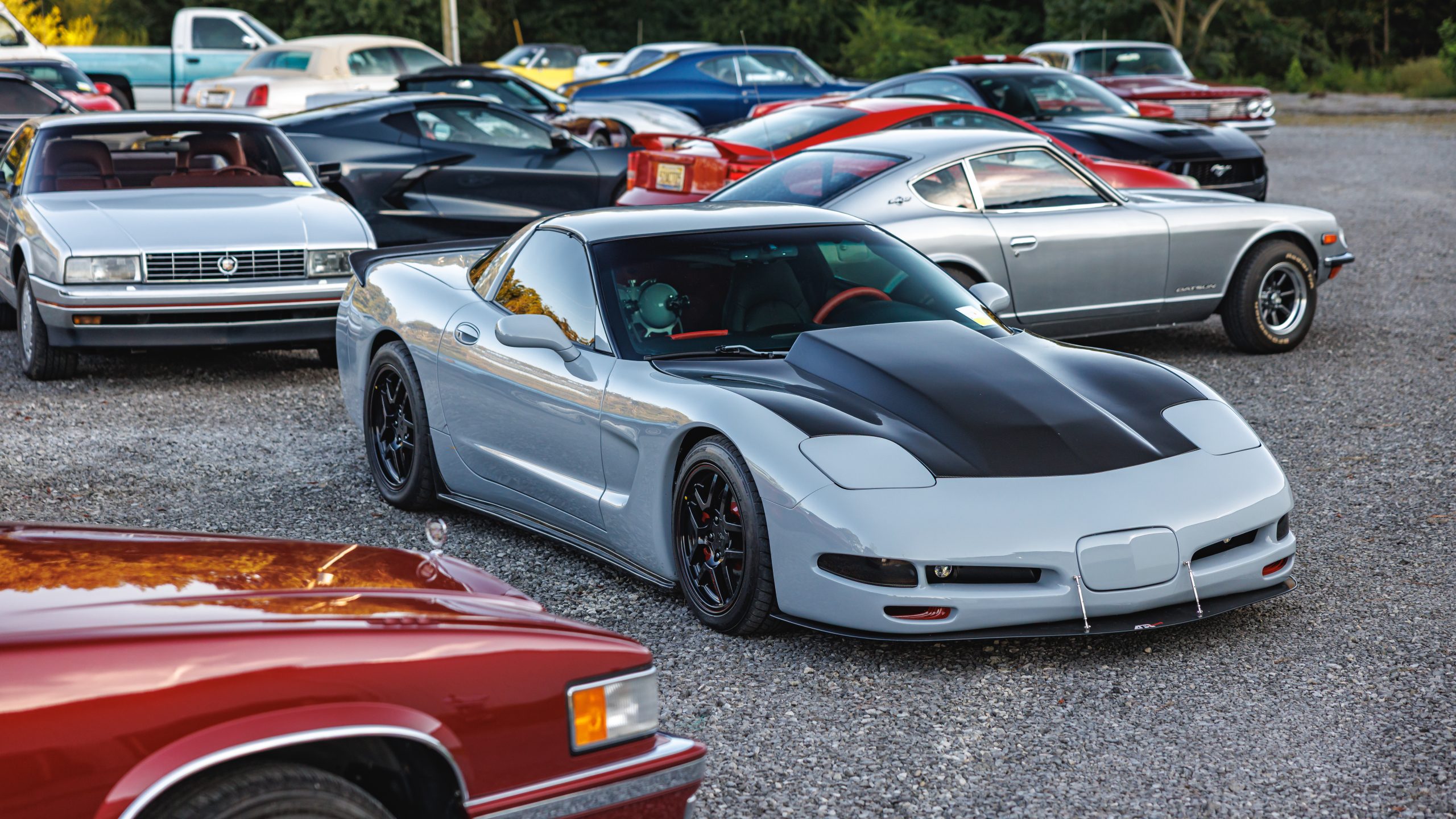
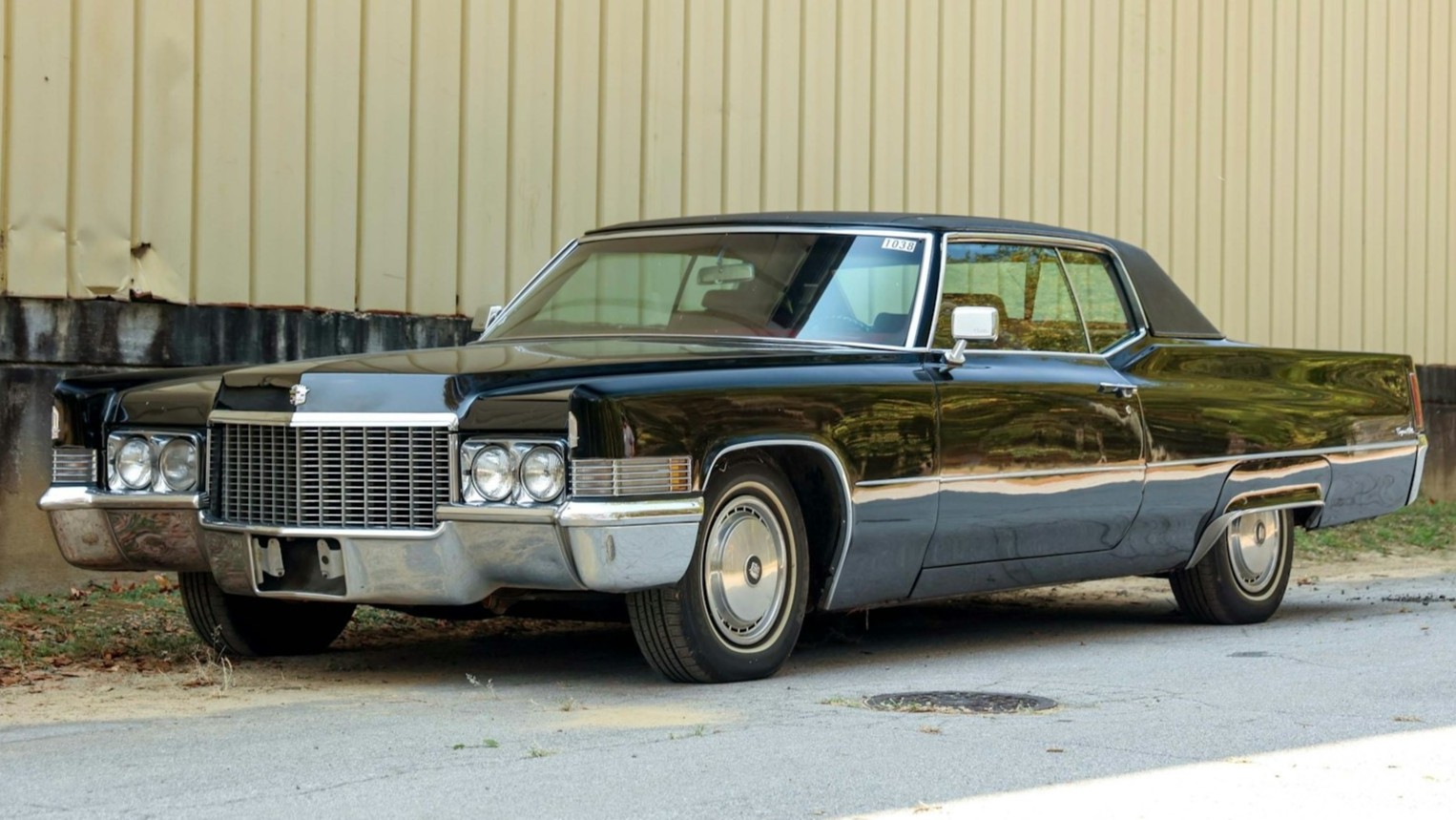
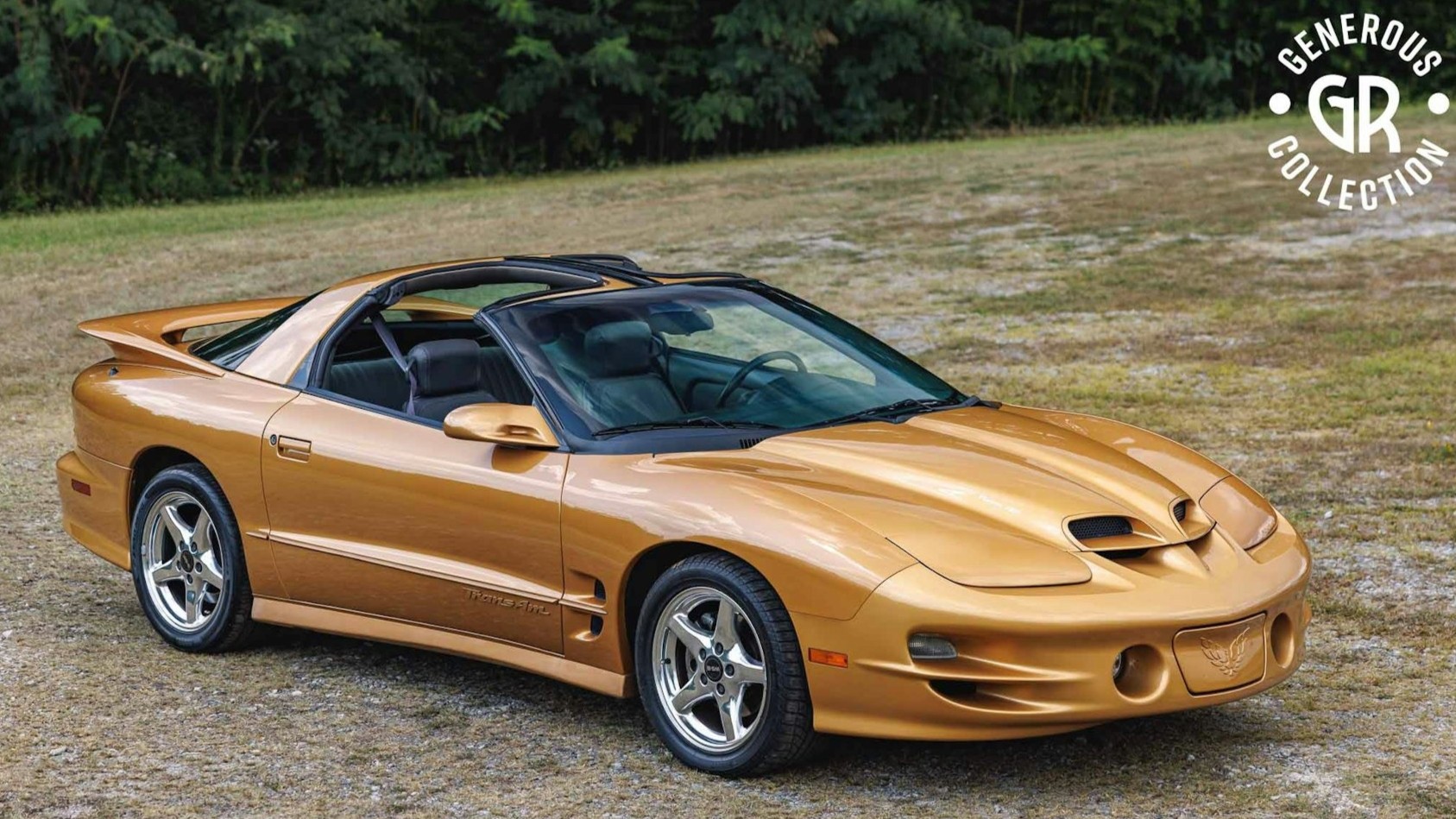
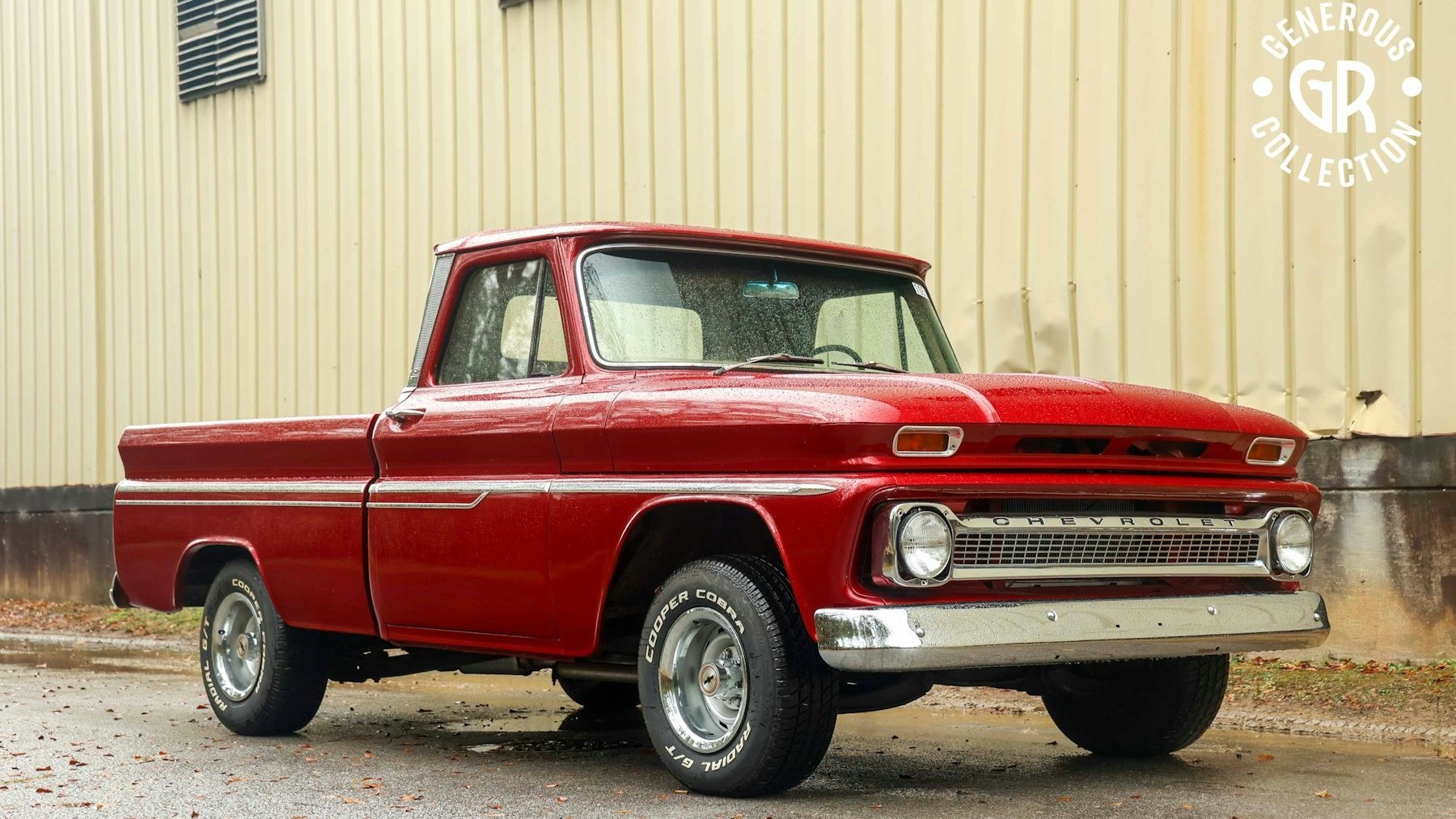

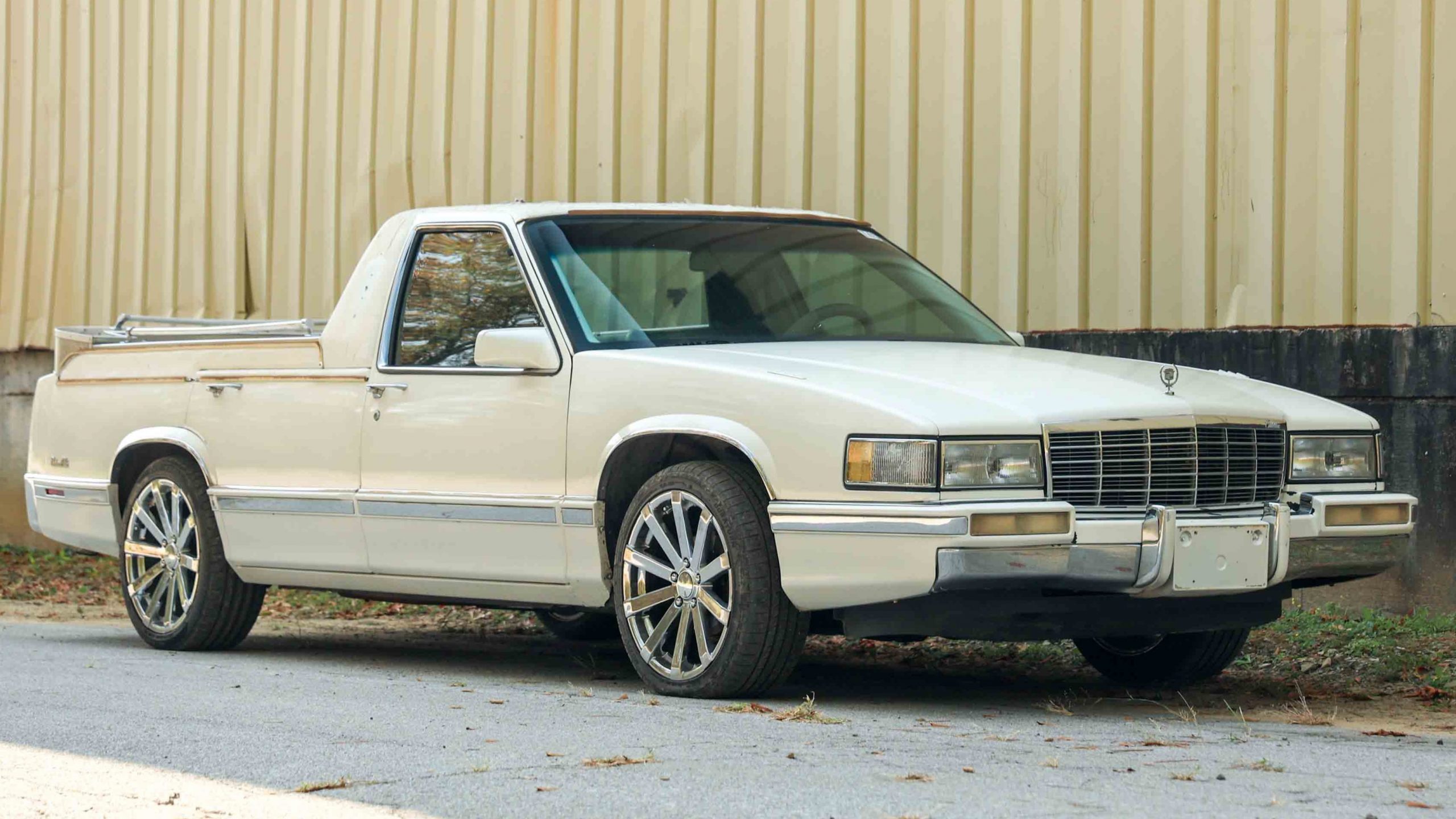



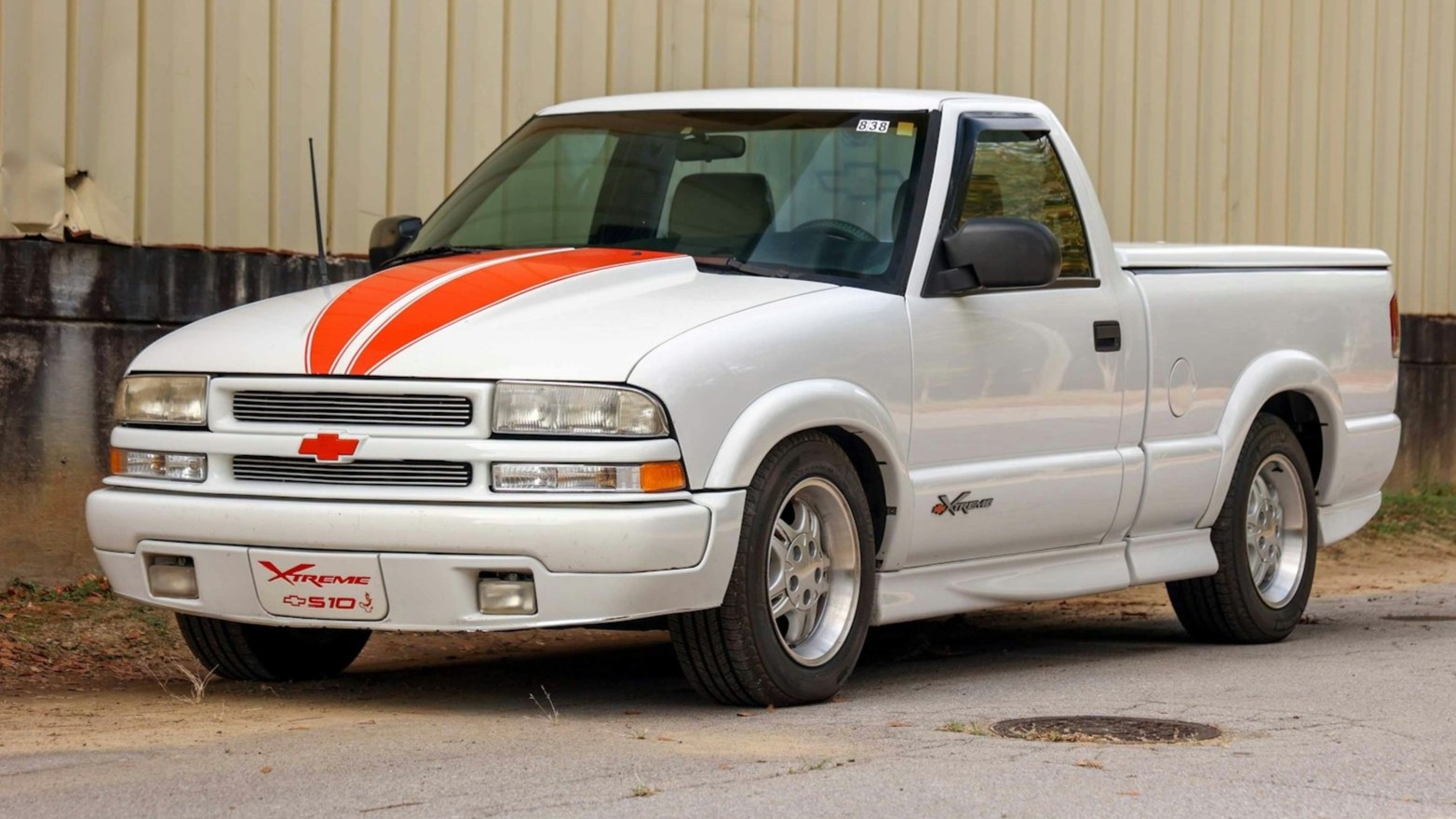

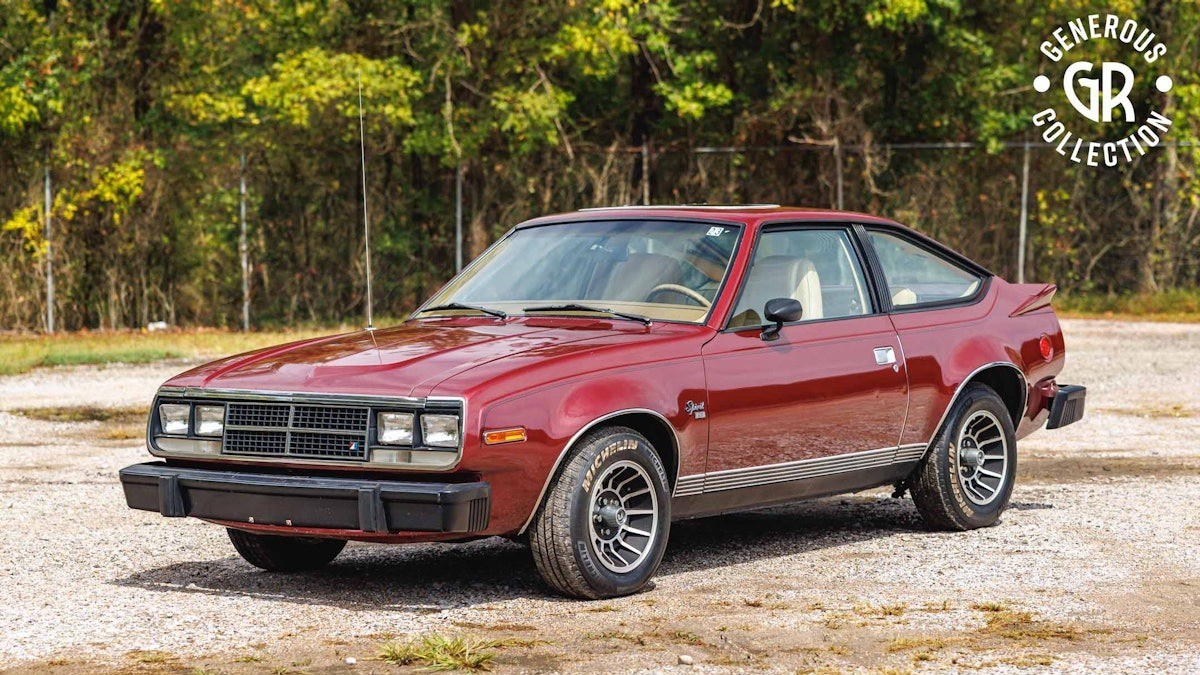

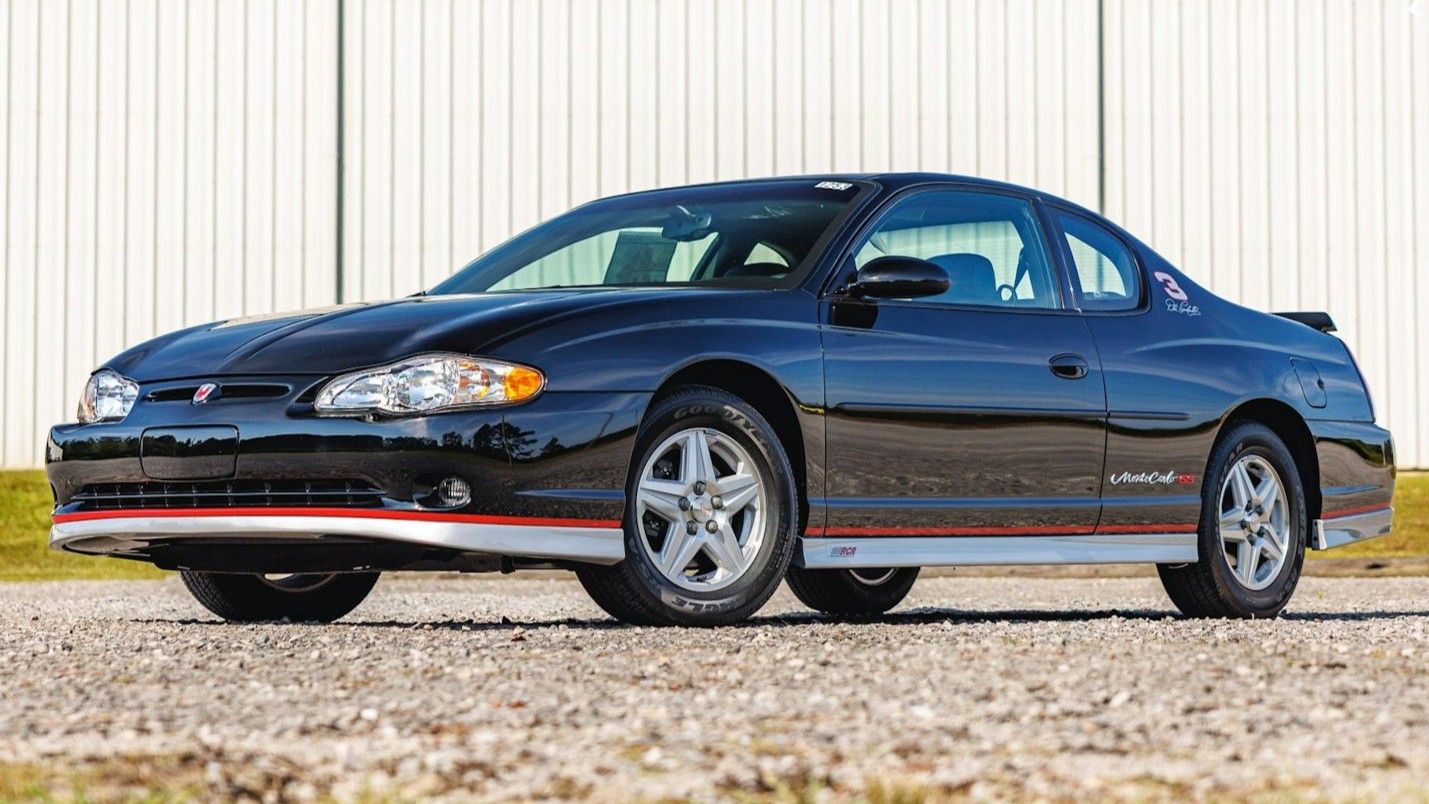






 Stranded remnants of sea ice along the Antarctic Peninsula are a reminder that much of the ice on the frozen continent around the South Pole is just as vulnerable to global warming as Arctic ice, where a long-term meltdown is well underway.
Credit:
Bob Berwyn/Inside Climate News
Stranded remnants of sea ice along the Antarctic Peninsula are a reminder that much of the ice on the frozen continent around the South Pole is just as vulnerable to global warming as Arctic ice, where a long-term meltdown is well underway.
Credit:
Bob Berwyn/Inside Climate News
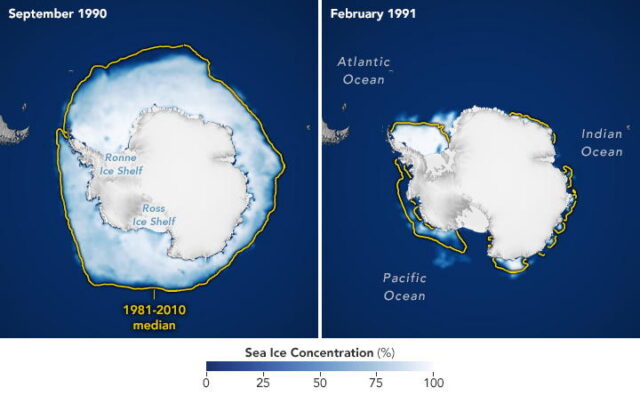 A comparison of the average concentration of Antarctic sea ice.
Credit:
NASA Earth Observatory
A comparison of the average concentration of Antarctic sea ice.
Credit:
NASA Earth Observatory
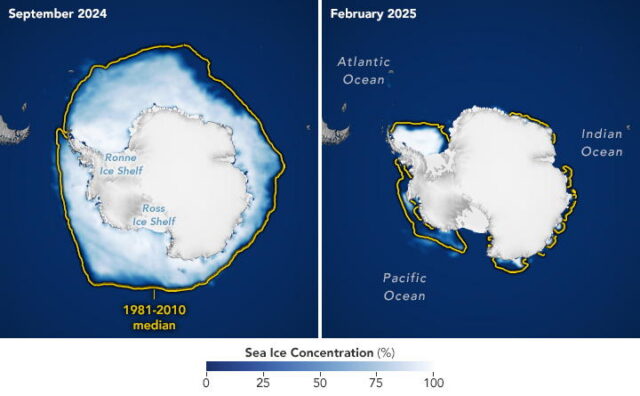 Credit:
NASA Earth Observatory
Credit:
NASA Earth Observatory
